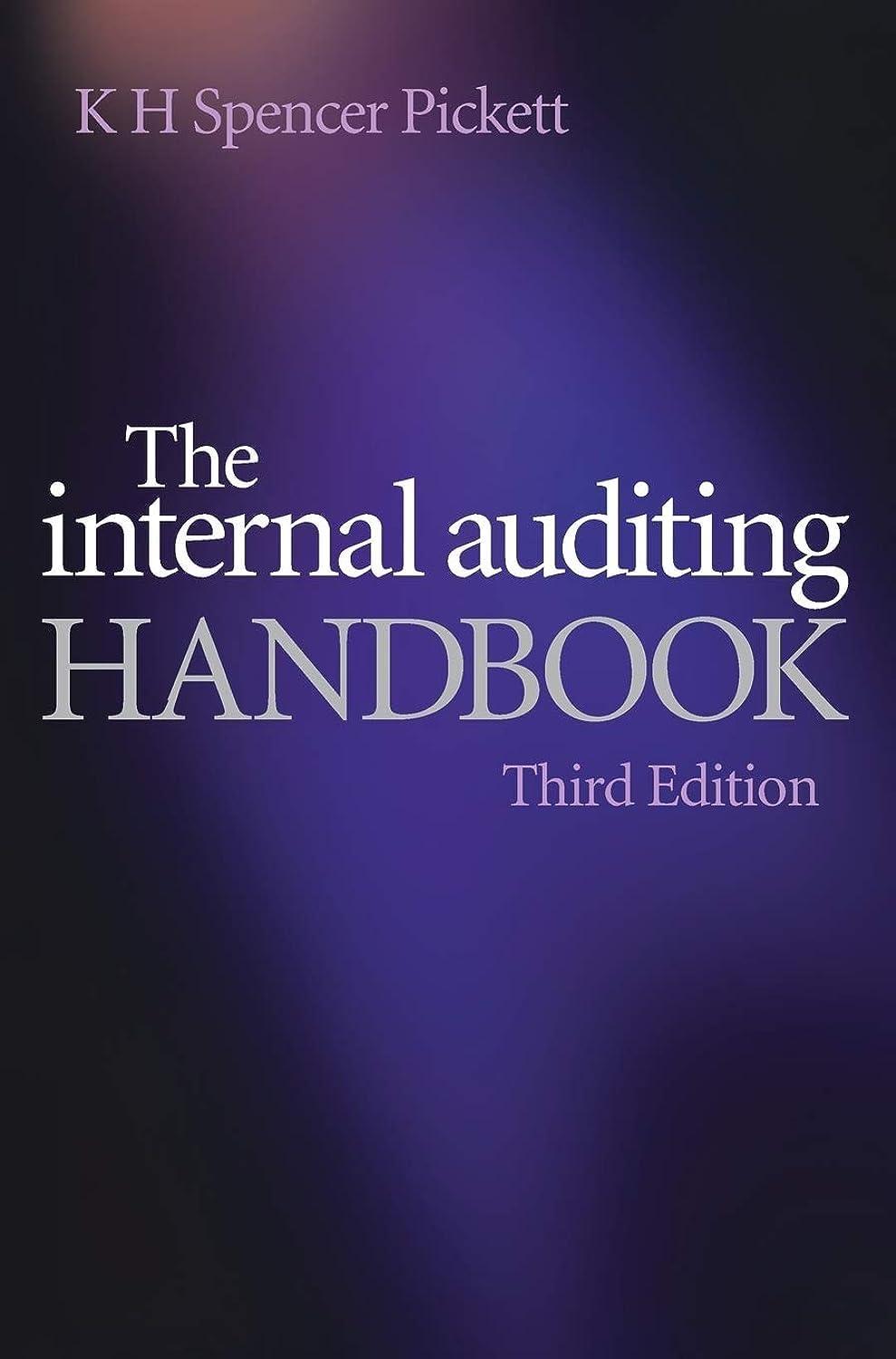Question
Lager has just purchased the Cleveland Brewery. The brewery is two years old and uses absorption costing. It will sell its product to TolmanLager at
Lager has just purchased the Cleveland Brewery. The brewery is two years old and uses absorption costing. It will "sell" its product to TolmanLager at $ 48 per barrel. Peter Bryant, Tolman Lager's controller obtains the following information about Cleveland Brewery's capacity and budgeted fixed manufacturing costs for 2017:

1. Compute the budgeted fixed manufacturing overhead rate per barrel for each of the denominator-level capacity concepts. Explain why they are different.2. In 2017, the ClevelandBrewery reported these production results:
| Beginning inventory in barrels, 1-1-2017 | 0 |
| Production in barrels | 2,650,000 |
| Ending inventory in barrels, 12-31-2017 | 200,000 |
| Actual variable manufacturing costs | $79,765,000 |
| Actual fixed manufacturing overhead costs | $27,500,000 |
There are no variable cost variances. Fixed manufacturing overhead cost variances are written off to cost of goods sold in the period in which they occur. Compute the Cleveland Brewery's operating income when the denominator-level capacity is (a) theoretical capacity, (b) practical capacity, and (c) normal capacity utilization.
Budgeted Fixed Days of Hours of Manufacturing Barrels Denominator-Level Production Production Capacity Concept Overhead per Period per Period per Day per Hour Theoretical capacity $ 28,300,000 28,300,000 550 350 24 Practical capacity 520 352 $ $ Normal capacity utilization 28,300,000 352 390 Master-budget capacity for each half year 14,150,000 (a) January-June 2017 176 20 325 (b) July-December 2017 14,150,000 176 20 455 Budgeted Fixed Days of Hours of Manufacturing Barrels Denominator-Level Production Production Capacity Concept Overhead per Period per Period per Day per Hour Theoretical capacity $ 28,300,000 28,300,000 550 350 24 Practical capacity 520 352 $ $ Normal capacity utilization 28,300,000 352 390 Master-budget capacity for each half year 14,150,000 (a) January-June 2017 176 20 325 (b) July-December 2017 14,150,000 176 20 455Step by Step Solution
There are 3 Steps involved in it
Step: 1

Get Instant Access to Expert-Tailored Solutions
See step-by-step solutions with expert insights and AI powered tools for academic success
Step: 2

Step: 3

Ace Your Homework with AI
Get the answers you need in no time with our AI-driven, step-by-step assistance
Get Started


